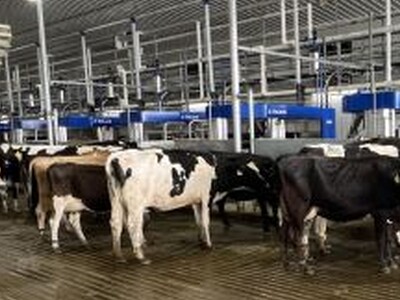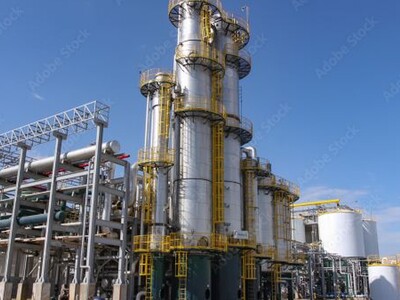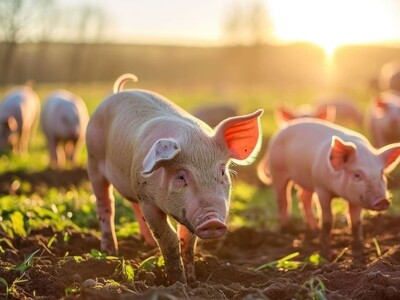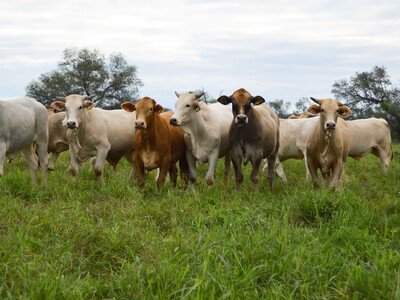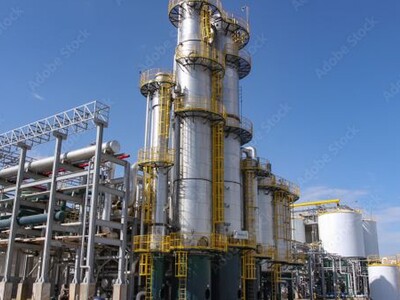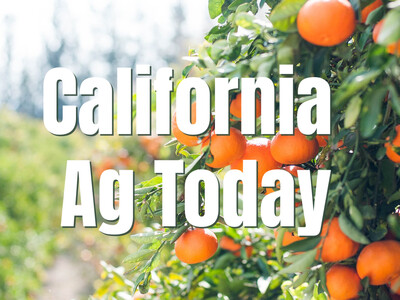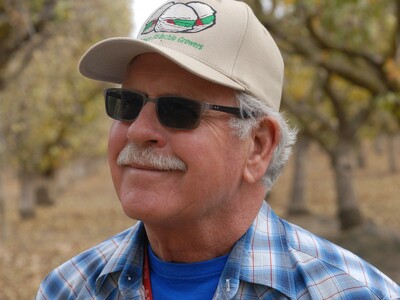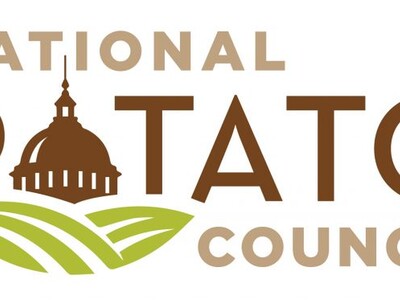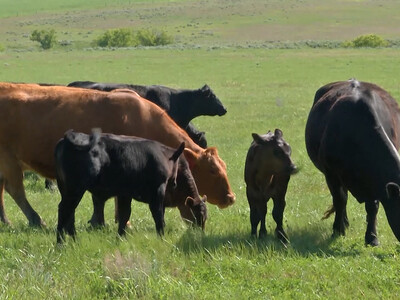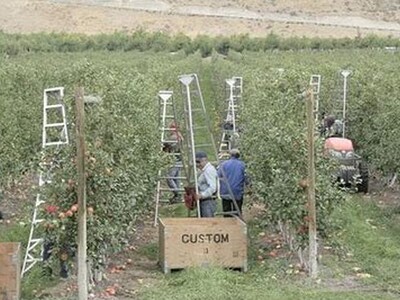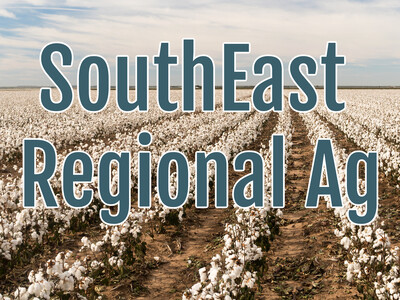Wildland Fire Strategy
Wildland Fire Strategy. I’m Greg Martin with today’s Line On Agriculture.The Pacific Northwest, along with many other forested areas of the U.S. can be very prone to wildfire and as the fire season approaches the Obama Administration has outlined a new strategy to better protect communities, businesses, public and private lands from that threat. Ag Secretary Tom Vilsack, Interior Secretary Sally Jewell, and Council on Environmental Quality Acting Chair Mike Boots released the Administration's National Cohesive Wildland Fire Management Strategy. Vilsack says wildfires are indiscriminate.
VILSACK: They can have an impact on potentially as many as 46-million homes and 70-thousand communities along the wildland urban interface. Climate change has led to extended drought periods which in turn has led to longer fire seasons which have contributed over time and recently to larger and far more complex and unfortunately more costly incidents.
Vilsack explains what the new strategy is about.
VILSACK: The National Cohesive Wildland Fire Management Strategy is the final phase of a three phase approach we have taken to restore and to maintain resilient landscapes across all jurisdictions to better prepare our communities so that they can live within and withstand a wildfire without loss of life and property; and safely, efficiently and effectively respond to wildfires when they happen.
The comprehensive principles and processes highlighted in the strategy have already been implemented successfully in some areas of the country. The Strategy will encourage knowledge sharing between communities and expand best practices to other projects and locations across the country.
That’s today’s Line On Agriculture. I’m Greg Martin on the Ag Information Network.




